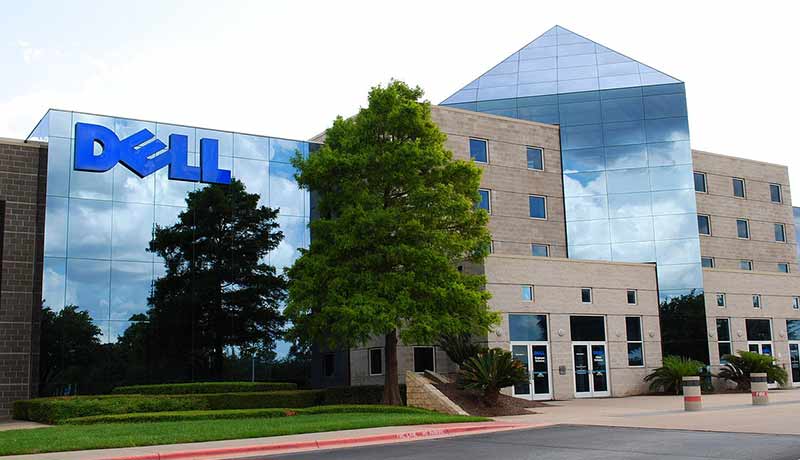
Dell Technologies announces several infrastructure portfolio innovations for VMware environments, designed to help customers better protect, manage and support traditional and modern applications across edge locations, core data centers and hybrid clouds.
“Customers looking to accelerate their digital transformation need trusted, proven solutions that can help them navigate today’s multi-cloud landscape while managing their IT and business needs,” said Jeff Boudreau, president and general manager, Infrastructure Solutions Group at Dell Technologies. “Dell Technologies and VMware are raising the bar with tightly integrated solutions, designed to help customers and partners better manage and protect traditional and modern applications. These latest advancements across our infrastructure portfolio are a testament to our joint commitment to innovation.”
As VMware delivers its latest releases for vSphere, vSAN and VMware Cloud Foundation to support Tanzu, Dell Technologies is extending support of these technologies across the Dell infrastructure portfolio, with tightly integrated solutions including Dell Technologies Cloud, Dell EMC VxRail, Dell EMC PowerProtect, Dell EMC PowerEdge and more.
Dell EMC VxRail, the jointly engineered HCI system with VMware will integrate with VMware vSphere with Tanzu, allowing customers to adopt Kubernetes quickly and easily with automated deployment and provisioning. Dell’s broad infrastructure portfolio lets customers deploy VMware Tanzu in the way that best aligns with their IT strategy, whether through a validated architecture, VxRail cluster and/or the Dell Technologies Cloud Platform.
Dell Technologies Cloud Platform with subscription pricing makes it easy to get started with VMware Tanzu in hybrid clouds for as low as $70 per node, per day. By eliminating upfront costs and forecasting risks, organizations can budget their IT spend without surprises or hidden costs.
Dell Technologies storage innovations are designed to help customers easily manage and access traditional and modern applications in VMware environments:
Dell Technologies adds advanced management and backup capabilities to PowerProtect Data Manager in VMware environments with the introduction of new data protection updates:
VMware Cloud on Dell EMC, the data center as a service offering for Dell Technologies Cloud, introduces new large node for high memory and storage usage workloads and now supports global and vertical industries with critical security needs through new compliance certifications, including ISO, CCPA, EU GDPR and SOC-2. The service also simplifies workload mobility with VMware HCX either from legacy infrastructure or between workloads running across two locations. With new multi-cluster support, customers can segment their workloads and create up to eight clusters in a rack, better utilizing existing resources and increasing performance.
Dell Technologies and VMware are making it easier for Cloud Service Providers (CSPs) to quickly build and scale hosted cloud environments through tighter integration between VMware Cloud Director and Dell Technologies Cloud Platform (DTCP). Thanks to new integrations, CSPs can enjoy significant cost savings by reducing the time it takes to provision and manage multi-tenant cloud environments, creating virtual data centers in minutes that can be built once and deployed everywhere in seconds. New automation capabilities further streamlines service deployment and lifecycle management of the software-defined data center. CSP’s running VMware Cloud Director on DTCP can offer customers rapid access to a more reliable and consistent cloud experience across their DTCP environments and off-premise instances.
Dell Technologies is joining VMware in supporting Project Monterey, an applications-driven response to the unprecedented change in how applications are being built and deployed. By adding support for SmartNICs, VMware and Dell Technologies are providing a path for customers to build next-gen infrastructure that efficiently manages the placement of infrastructure, application and security demands across CPUs, GPUs and SmartNICs.